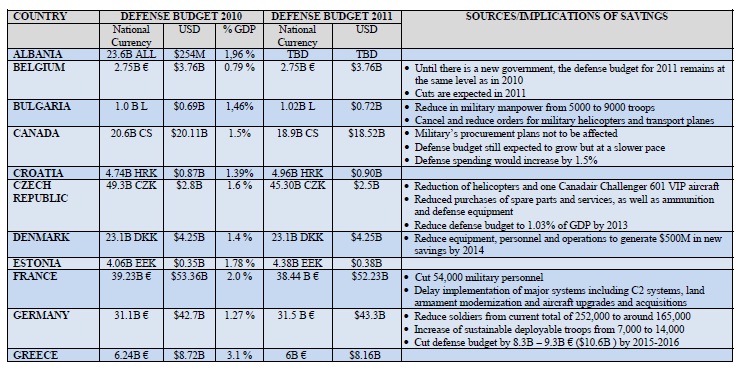Border Drones Plagued by Mishaps, Pilot Shortage
Despite high-profile support for flying unmanned aircraft along the U.S. border with Mexico, the camera-equipped drones are far from a technological magic bullet for fighting illegal immigration. Testimony presented to the House Homeland Security Committee highlights a number of problems facing Customs and Border Patrol’s drone fleet, including a high accident rate and a pilot shortage.
The unmanned aircraft flown by Customs and Border Patrol have an accident rate seven times higher than that of general aviation, according to testimony from Nancy Kalinowski, vice president for system operations at the Federal Aviation Administration, who cited data compiled over the past four years.
Compared to commercial aviation, the Customs and Border Patrol drone accident rate is 353 times higher.
The FAA did not detail the number of drones involved in accidents but put the rate at 52.7 per 100,000 flight hours over the past four years.
The testimony also underscores a broader debate over operating drones in national air space. While supporters of drones have pushed to have unmanned aircraft operate in national air space, the FAA has taken a conservative approach. Kalinowski told the panel that the agency has had problems getting adequate data on unmanned aircraft operations in order to assess safety.
Politicians in recent months have been pushing to make more drones available for use along the border, but Thursday’s hearing highlighted some of the real limitations of the unmanned aircraft.
Another challenge for border operations is a lack of trained drone pilots. Similar to the Air Force, which has had to scramble to train more drone operators, Customs and Border Patrol has struggled to keep up with the demand.
The bigger problem, however, may simply be acquiring enough aircraft to adequately patrol the entire border. The border patrol needs 24 aircraft to provide full coverage, but it only has enough funding to buy one Predator a year, Customs and Border Patrol assistant commissioner Michael Kostelnik told the panel. At current rates, that means it would take the agency about 16 years to reach its goal.
Sharon Weinberger Contributor http://www.aolnews.com

